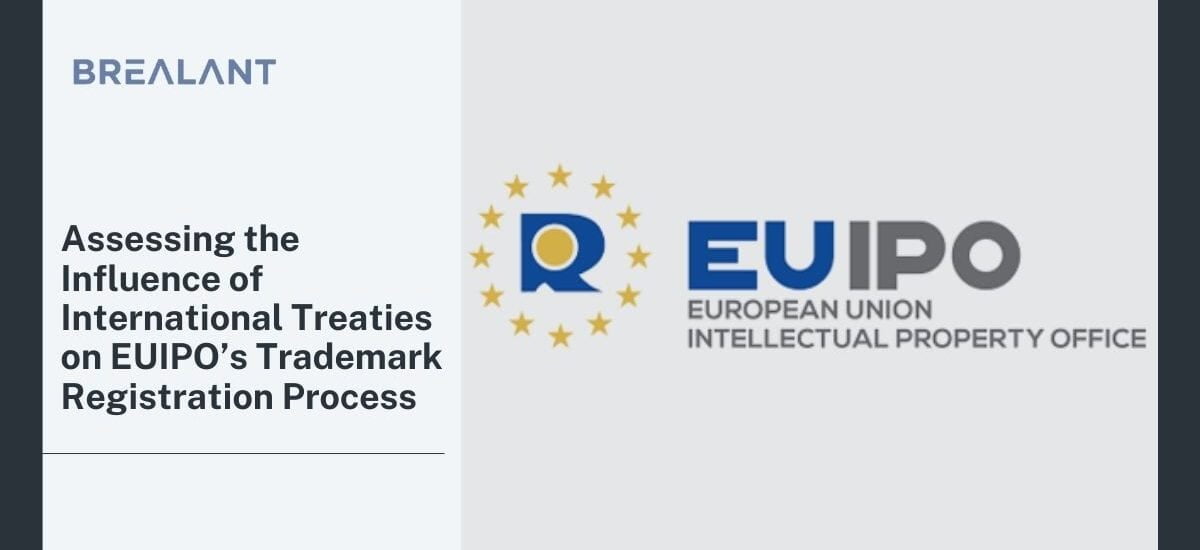
Protecting trademarks across borders has become increasingly complex in the interconnected world of global commerce. The European Union Intellectual Property Office (EUIPO) stands at the forefront of this challenge, actively engaging with international treaties to streamline and enhance its trademark registration process. This article explores the influence of international treaties on the EUIPO's procedures and the broader implications for businesses seeking trademark protection in the European Union.
Harmonization through International Treaties:
International treaties play a crucial role in fostering harmonization and cooperation among countries regarding trademark protection. The Madrid System, administered by the World Intellectual Property Organization (WIPO), is one such treaty that significantly impacts the EUIPO's operations.
The Madrid System:
The Madrid System provides a framework for the international registration of trademarks. It allows trademark owners to seek protection in multiple countries by filing a single application with their national or regional intellectual property office. This streamlined process simplifies the complexities of filing separate applications in each jurisdiction.
For businesses eyeing the European Union market, the Madrid System offers a strategic avenue for trademark registration through the EUIPO. Trademark owners can submit a single international application designating the EU member states where they seek protection. This streamlines the registration process and ensures consistency in rights across different countries.
EUIPO as a Key Player in the Madrid System:
As a member of the European Union, the EUIPO serves as the central authority for trademark registration within the EU through the Madrid System. It acts as the receiving office, processing international applications and coordinating with WIPO to ensure the efficient examination and registration of trademarks.
The EUIPO's integration with the Madrid System brings several advantages for businesses. Firstly, it reduces administrative burdens, as trademark owners can manage and renew their international registrations through a single point of contact – the EUIPO. Secondly, it facilitates cost-effective trademark protection, enabling businesses to expand their market presence without engaging with individual national offices.
Community Trademark System vs. European Union Trade Mark System:
Before delving into the influence of international treaties, it's essential to understand the evolution of the EUIPO's trademark registration system. The Community Trademark (CTM) system, which preceded the European Union Trade Mark (EUTM) system, laid the foundation for a unified approach to trademark protection within the EU.
Under the CTM system, businesses could register a valid trademark across all EU member states. The transition to the EUTM system aimed to enhance and modernize the existing framework. It introduced improvements such as a more user-friendly online platform, reduced fees, and increased flexibility regarding acceptable trademark formats.
International Treaties and the EUTM System:
The EUIPO's engagement with international treaties extends beyond the Madrid System. The Singapore Treaty on the Law of Trademarks and the Nice Agreement concerning the International Classification of Goods and Services are notable treaties that influence the EUTM system.
The Singapore Treaty:
The Singapore Treaty, administered by WIPO, focuses on simplifying and standardizing procedural aspects of trademark registration. Its objectives include reducing administrative burdens and fostering efficiency in trademark offices worldwide. EUIPO's adherence to the principles of the Singapore Treaty is evident in its commitment to streamlining and simplifying the trademark registration process.
The Nice Agreement:
The Nice Agreement establishes an international classification system for goods and services. Adopted by the EUIPO, this classification system ensures consistency in identifying goods and services in trademark applications. By aligning with the Nice Agreement, the EUIPO facilitates international cooperation and enhances the clarity and predictability of trademark registrations.
Challenges and Opportunities:
While international treaties contribute to the harmonization and efficiency of the EUIPO's trademark registration process, challenges persist. The diversity of legal systems, languages, and cultural nuances across jurisdictions poses hurdles in achieving seamless integration. Balancing standardization with flexibility to accommodate the unique aspects of each jurisdiction remains an ongoing challenge for the EUIPO.

